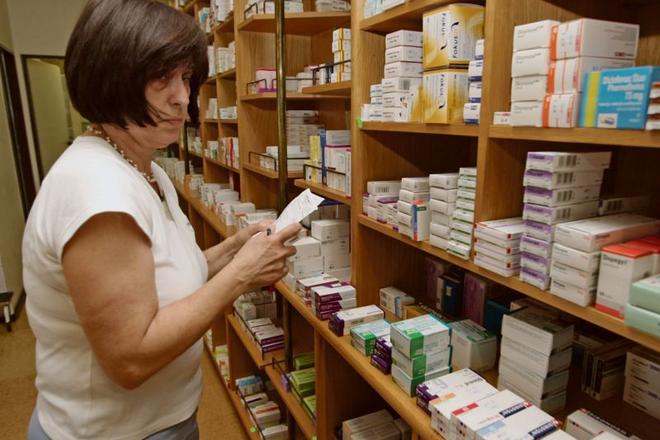The fact that Slovakia has been reporting higher consumption than reality of medicaments for OECD statistics could have negatively impacted ordinary patients. Some of these patients probably paid unnecessary additional payments to balance the payments made by health insurers to pharmacies or may have been treated with drugs of poorer quality than required for their health conditions.
Balance payments for medicaments
Slovakia's high consumption of medicaments has been publicized by the media repeatedly, based on wrong statistics – at least in this decade, experts approached by Sme agree. They add that the highly-publicised demand has appeared to reduce this consumption.
“Higher “over-consumption” leads to stronger efforts to regulate consumption, naturally,” Koloman Gachall, head of the Association of Drug and Medical-Device Suppliers, says.
Thus, the state’s goal of regulating consumption might have been demonstrated, according to Ondrej Sukeľ, head of the Slovak Chamber of Pharmacists (SLeK), through higher balance payments made by patients for their drugs.
When drug consumption is high, the state tends to moderate the excessive consumption by shifting the bigger part of the payment on the patient, according to experts.
Health care analyst of the INEKO think-tank, Dušan Zachar, does not rule out this trend, either. His institute deals with OECD health statistics, and it was among the first to show doubts about the accuracy of data they received.


